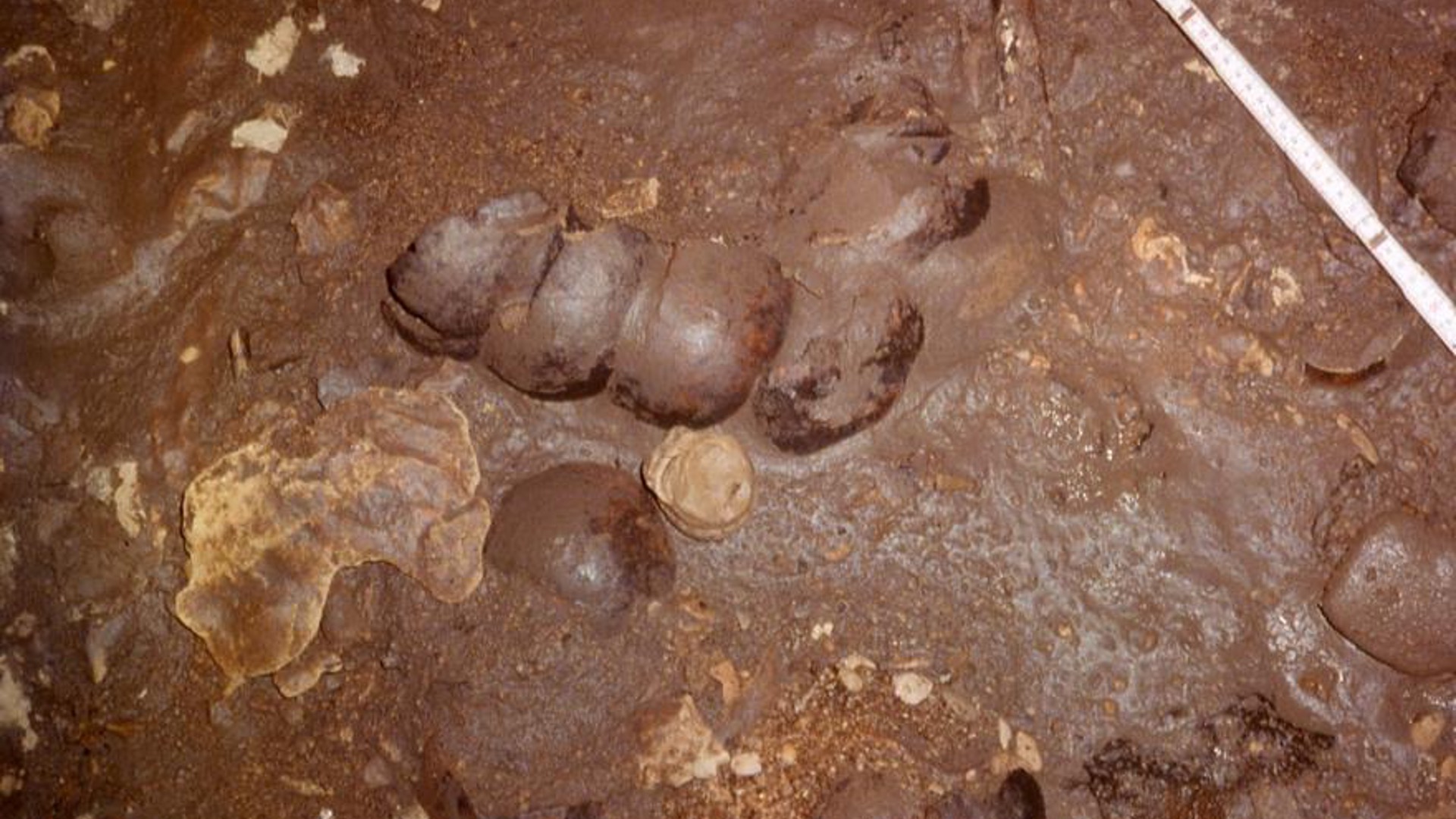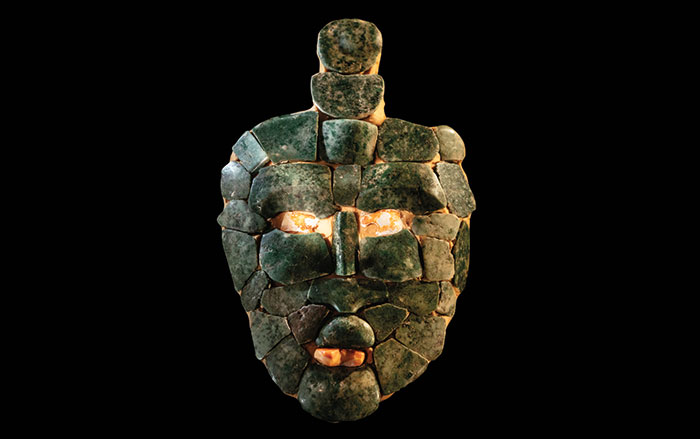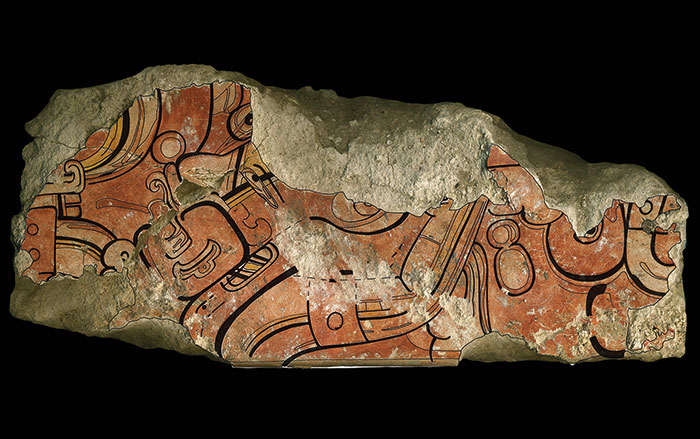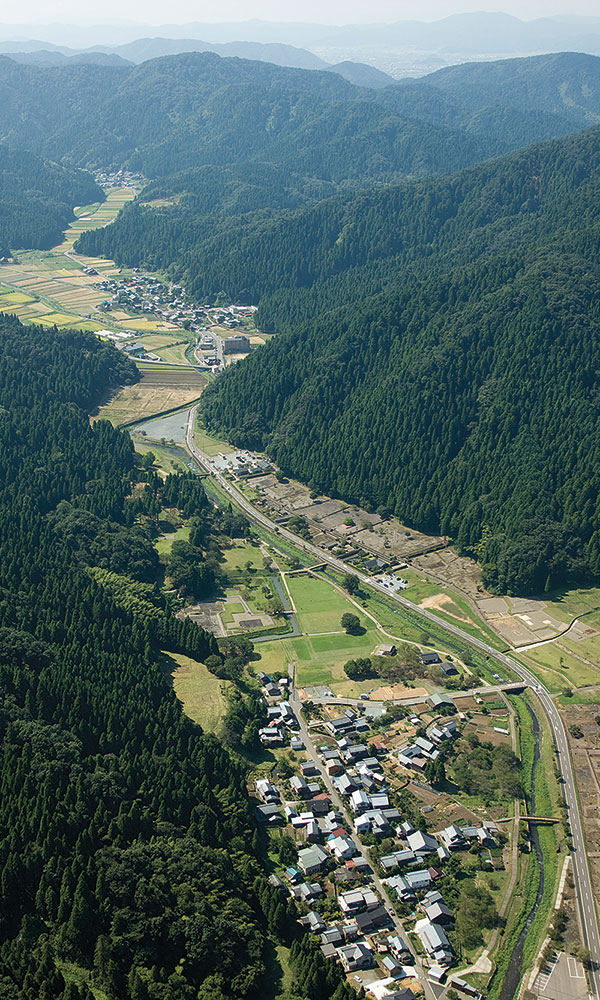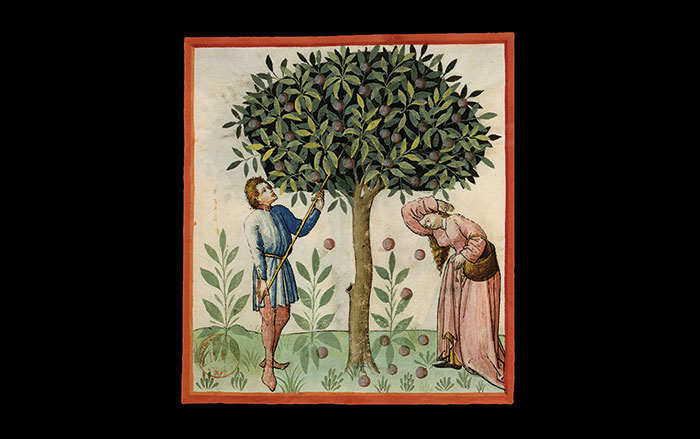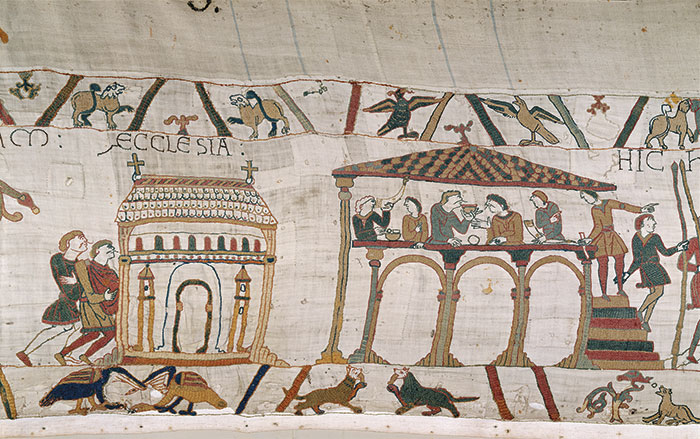DOS PILAS, GUATEMALA—In the 1990s, archaeologists made a grisly discovery when they entered a cave beneath the Maya site of Dos Pilas in Petén. The team encountered hundreds of fragmented human bones that were scattered about the cave floor alongside ocher and obsidian blades. Many of the bones bore marks indicative of traumatic injuries and execution. Live Science reports that researchers have recently studied the remains from Cueva de Sangre, or “Blood Cave,” and concluded that they are in fact the result of acts of human sacrifice some 2,000 years ago. The cave contained remains of more than 100 individuals, both adults and juveniles, whose bodies were ritually deposited between 400 b.c. and a.d. 250. California State University, Los Angeles bioarchaeologist Michele Bleuze and her colleagues identified marks on some of the bones that indicated the individuals' remains had been dismembered. Other bones had been arranged in particular ways, which supports the researchers' interpretation of their deposition as a ritual act. The Cueva de Sangre is flooded with water most of the year and is only accessible during the dry season, from March to May. It was during this time of the year, the researchers believe, that the Maya carried out these sacrifices to appease the rain god Chaac. To read about a lavish royal tomb recently unearthed in Petén, go to "Unmasking a Maya Dynasty," one of ARCHAEOLOGY's Top 10 Discoveries of 2024.



